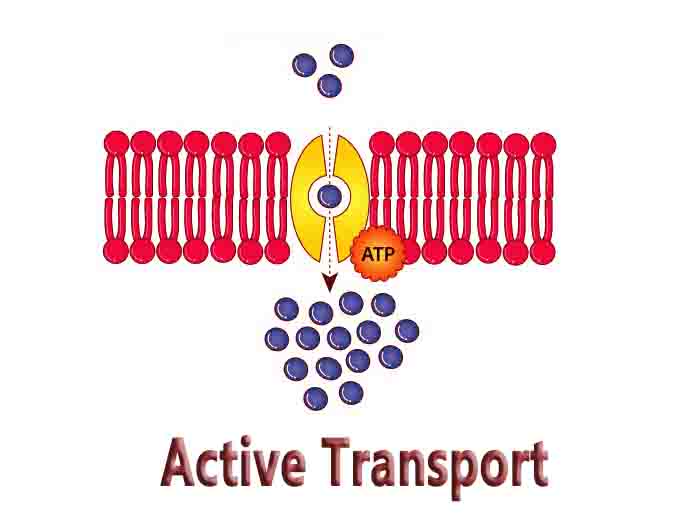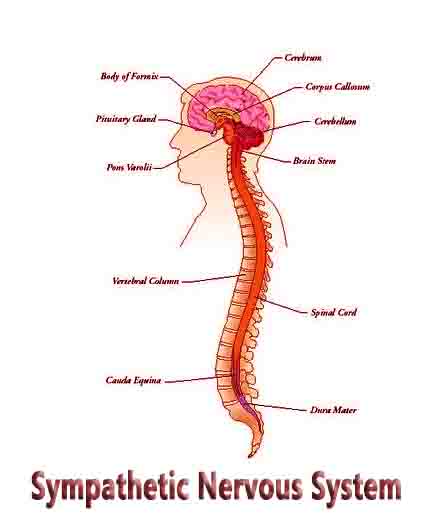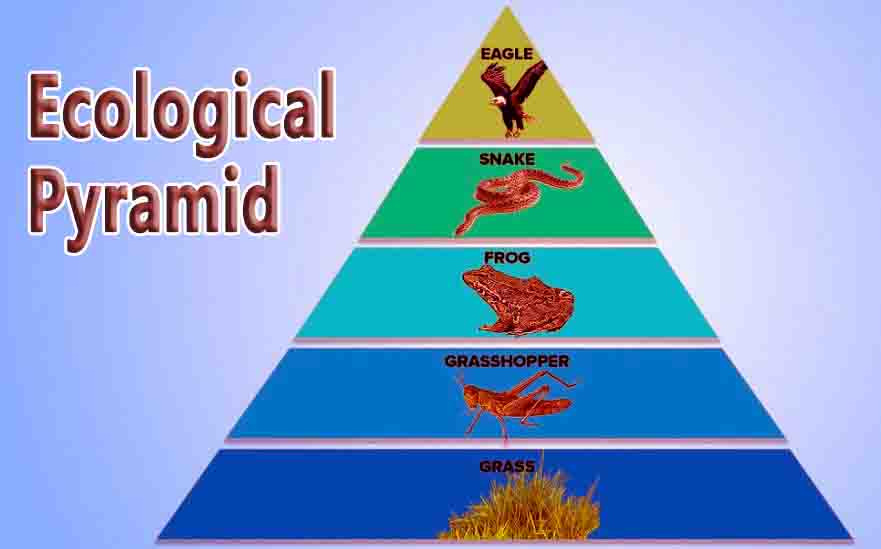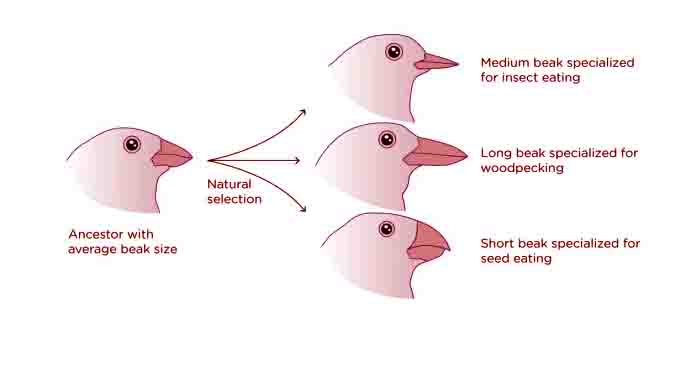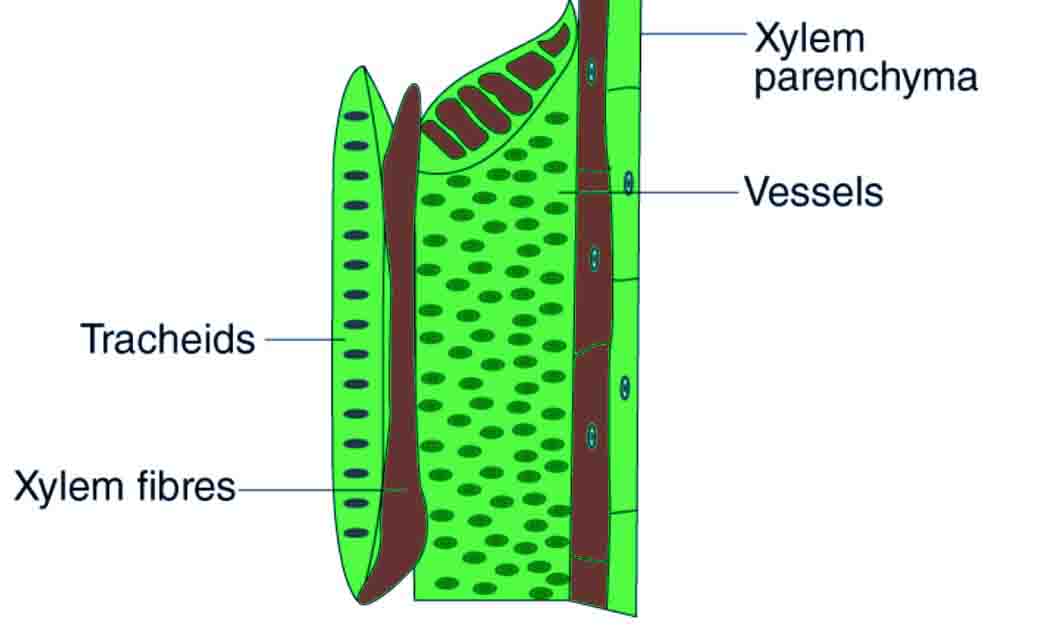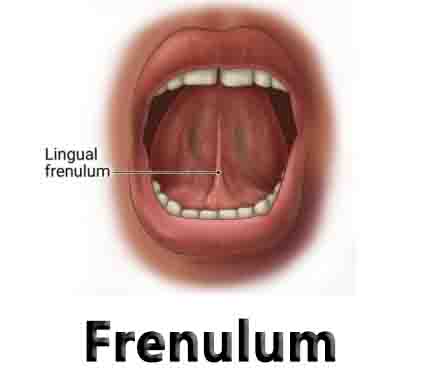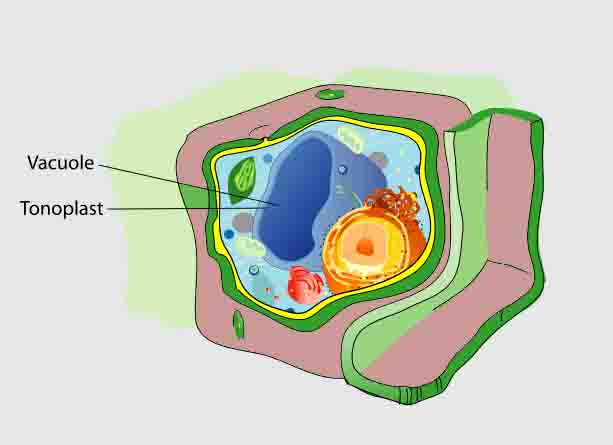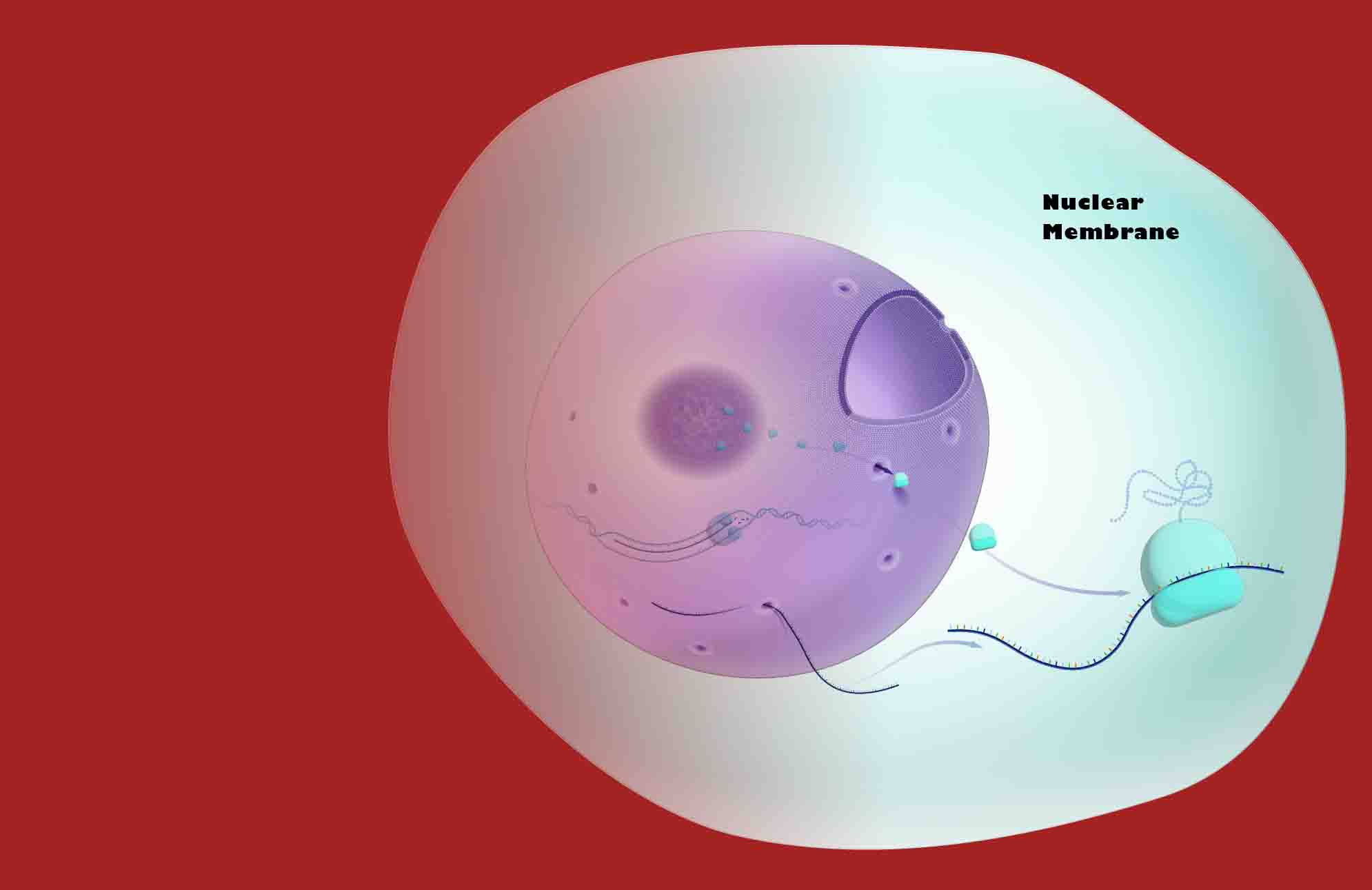Active Transport
Definition Active transport is the process of transferring substances into, out of, and between cells, using energy. In some cases, the movement of substances can be accomplished by passive transport, which uses no energy. However, the cell often needs to transport materials against their concentration gradient. In these cases, active transport is required. Process of … Read more

